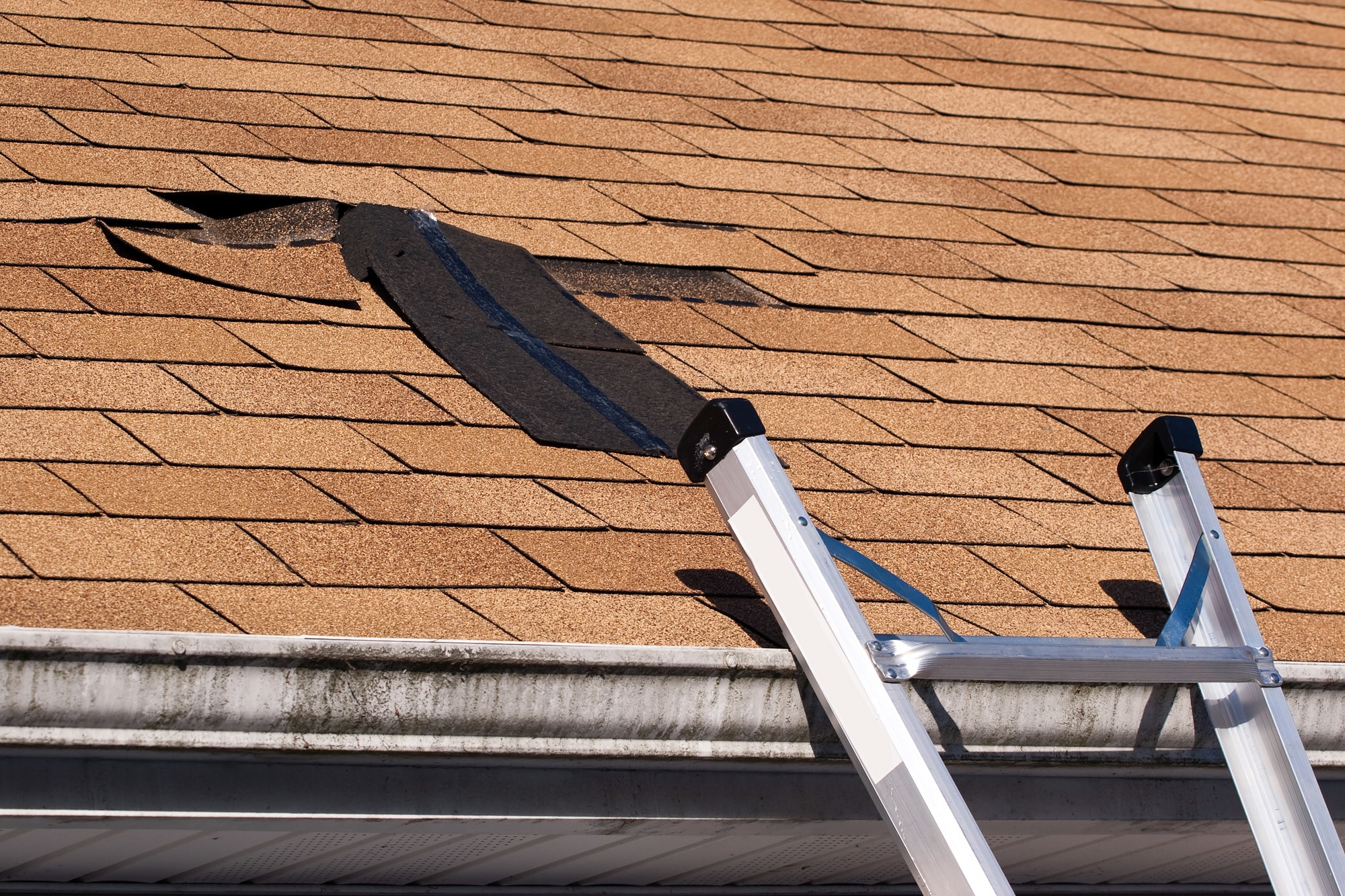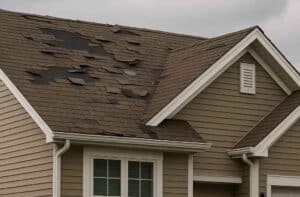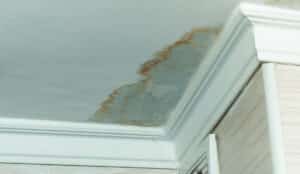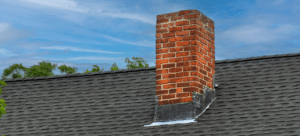Uh-oh- you’ve encountered a longtime nemesis to the health of your home: a leak in your roof.
Issues with your roof can cause costly repairs to add up. You’ll need new shingles, roof mold removal, and depending, so much more. Instead of waiting for those issues to pile up, get ahead of the problem.
Don’t wait for your roof to spring a leak! Keep reading to discover the nine signs you need a new roof. By learning how to identify these signs, you can spring into action before your roof leaks.
Protect your home by identifying these signs of a damaged roof today!
1. How Old Is Your Roof?
Most roofs can last about 30 years. Your roof’s lifespan, however, really depends on where you’re located.
For example, what’s the weather like? If you deal with a lot of rain, it could cut your roof’s lifespan in half.
The material your roof is made of matters, too. Even the most standard material, asphalt, varies in durability depending on the brand and style of shingle chosen.
You won’t necessarily notice the following eight signs telling you that you need a new roof right away. To get ahead of the curve, stay informed and proactive.
Start by checking your home records. When was your roof installed? What materials were used? Have you had the roof re-shingled since you moved in?
If 20 years have passed since your roof’s last inspection, consider calling an expert. They can examine your roof and pinpoint any problems you might not notice yourself. Calling an expert before a major leak occurs can help you save money on otherwise costly repairs!
2. Attic Issues
Next, head upstairs to examine the attic. You might have a damaged roof if you notice water stains that run from the ceiling to the walls.
If your roof is damaged, you’ll want to get it repaired as soon as possible. Otherwise, a tiny leak can lead to a bigger problem. For example, you might eventually have to deal with mold or destroyed insulation.
You might have a hard time tracking the leak down on your own. If you need help, make sure to call a professional. They can pinpoint the source of the leak and repair your roof before more leaks form.
3. Damaged Shingles
Next, head outside. Are your shingles lying flat against the surface of your roof? Maybe they appear cracked, buckling, or damaged: these are all signs you need a new roof.
Damaged shingles aren’t appealing to the eye. More important than the cosmetics, they could cause an eventual leak. You’ll want to make sure your shingles are in the best possible shape to keep your house safe from water damage.
4. Check the Seals
You can also test for a damaged roof by flashing your skylights, chimney seals, and vents. The flashing process will seal any gaps in the seams from rain.
Start by checking your roof vents. Do you notice any cracks? Most homeowners try to use caulking as a temporary fix, however, a major storm could cause a leak.
Do you notice any huge breaks or cracks in the seams? If so, it’s time to call a professional. They can make the necessary repairs to help you avoid leaks.
While you’re at it, examine your step flashing, which is used along the walls that intersect with your proof. The step flashing channels water down your shingles. When the flashing rusts, however, water can run behind it and into your home.
Make sure your step flashing isn’t loose to avoid potential leaks and mold.
Next, take a look at the chimney. Over time, flashing around the chimney can rust. You can usually slip new flashing under the rusted materials.
This should help divert water away to avoid seepage. If the issue is severe, however, you might want to call an expert.
5. Signs of Sagging
While you’re examining your roof, look for any drooping or sagging. Make sure to walk around your entire property to check every side.
Drooping or sagging could indicate you have a damaged roof on your hands. You might also notice rotting boards or trapped moisture. These signs indicating you need a new roof are no joke!
Make sure to get someone in as soon as possible to replace or repair the damage.
6. Mold and Moss
As you examine your roof, make sure to look for moss, mold, or fungi. Don’t forget to check the shady corners around your roof, too.
Moss, mold, and fungi indicate moisture is trapped in your roof. As the moisture builds up, the mold could spread, causing costly damages. Mold can impact your family’s respiratory health, too.
Take the time to check your soffits. Soffit vents create airflow to move warm attic air out of your home.
When the soffits are clear, it can prevent moisture buildup. If your soffits are dirty and clogged, however, it can lead to more mold growth. So make sure to clean your soffits regularly.
Otherwise, check the space where your roof and exterior walls meet. Over time, rot can eat away at your home’s sheathing and framing. You might need to use kick-out flashing to prevent mold from building up.
7. There’s a Bounce
Do you feel a slight trampoline-like bounce when you walk across your roof? If your roof is starting to feel spongy, it could mean moisture has weakened the surface over time.
If you notice these signs of a roof leak, call for help.
8. Seeing Shiners
Shiners are nails that are missing their framing members. Moisture can escape into a cold attic and condense the nail. Then, the frost will melt during the day, drip, and frost up again at night.
To fix the problem, clip the nail using side-cutting pliers.
9. Gutter Rust
Rusted gutters could also indicate you’re dealing with a damaged roof.
Are your gutters starting to leak, too? Leaks usually occur when the seams become rusted. Expansion and contraction can also cause the seams to open.
Call a Professional If You See Any Of These Indicators
Don’t let these signs of a roof leak destroy your home. Instead, call for help and fix your damaged roof! The sooner you make repairs, the less costly the damages will become.
Want a professional to take a look? Contact us today for a free roof inspection.




